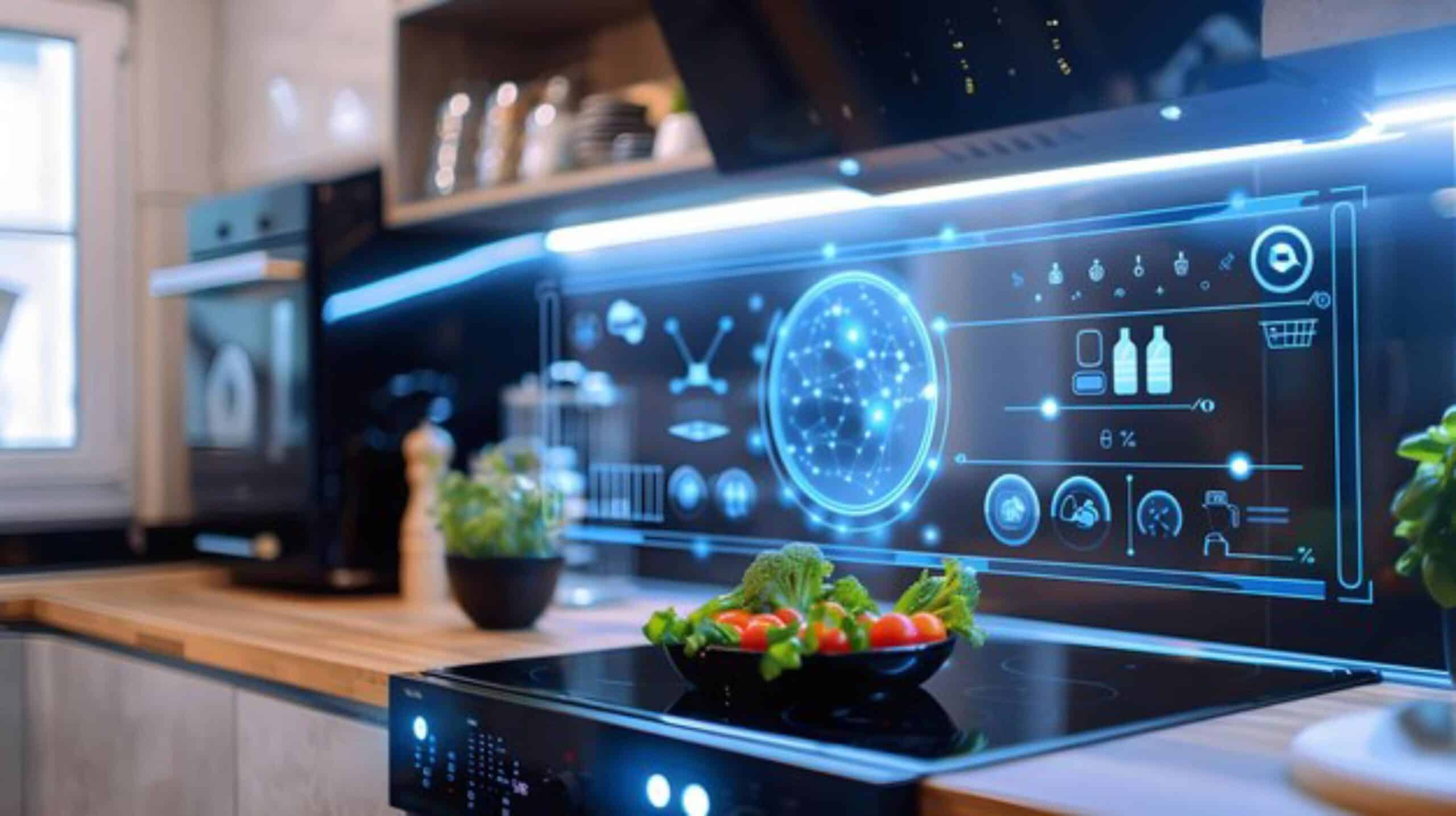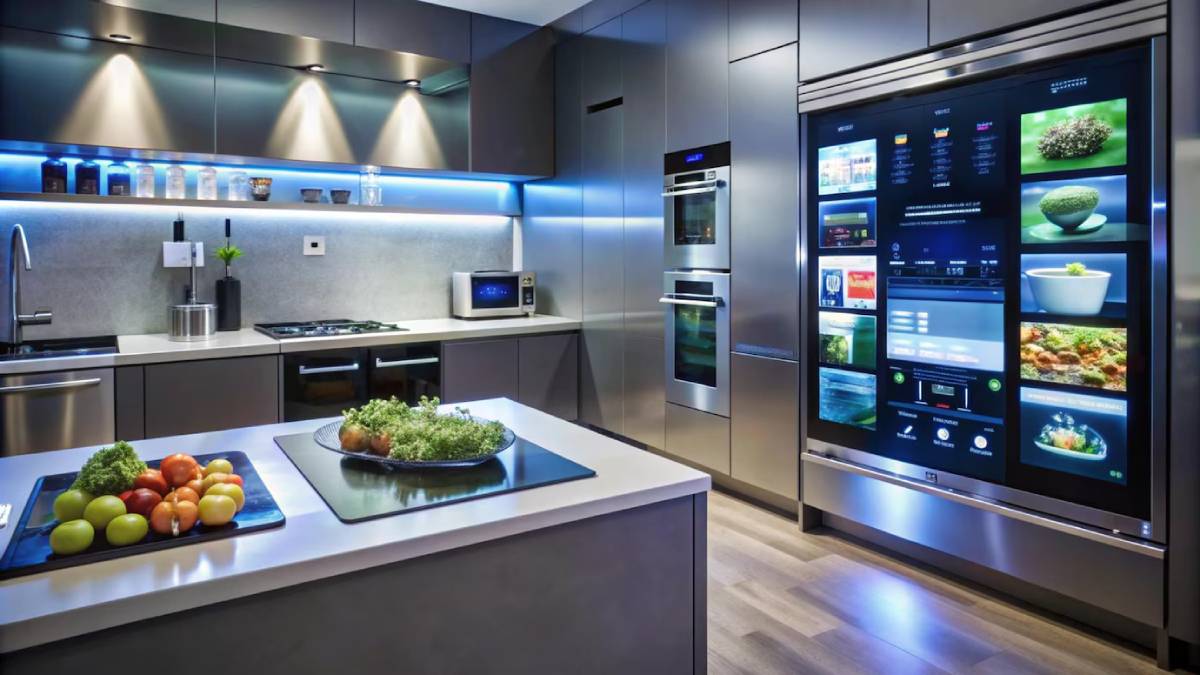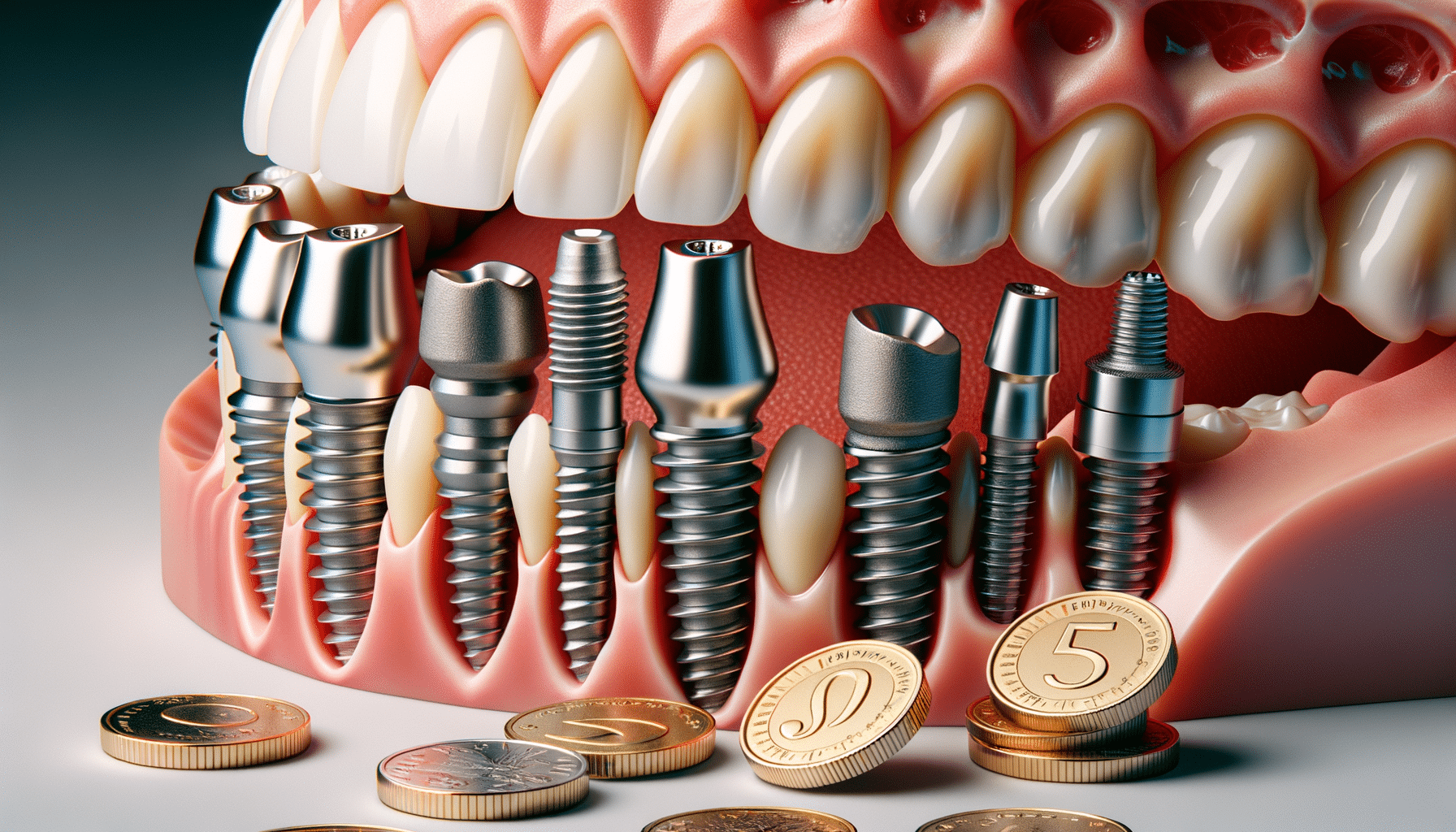
Bright Kitchens: AI-Powered Cooking and Convenience
Imagine a kitchen where the refrigerator reminds you to purchase milk, the oven preheats according to your calendar, and your coffee makes itself just before you awaken. Welcome to bright kitchens! Here, AI transforms cooking and home automation. Keeping track of life just got easy and fluid. Colourful kitchens are among the fastest-growing segments of the smart home market. Artificial intelligence has transformed the contemporary kitchen. It’s no longer merely a cooking area but a connected centre. This hub provides convenience, efficiency, and personalisation. AI-powered tools assist both neophyte cooks and seasoned chefs. They cater to your tastes, dietary needs and schedule.
This blog examines smart kitchen technologies. It even covers their benefits, real-world uses, and suggestions for incorporating AI into your cooking space. Here to Automate Your Home Like Never Before!
Understanding Smart Kitchens and AI Integration
What Defines a Smart Kitchen?
A bright kitchen is a high-tech environment with connected appliances and devices communicating via the Internet of Things (IoT). These devices often utilise AI algorithms to optimise cooking, cleaning, grocery tracking, and energy usage.
Key components of a bright kitchen include:
- Smart refrigerators with inventory tracking
- AI-assisted ovens and cookers
- Connected coffee machines and blenders
- Voice-controlled assistants (e.g., Alexa, Google Assistant)
- Automated lighting and ventilation systems
The Role of AI in Modern Kitchens
AI enhances these appliances by adding decision-making, prediction, and personalisation layers. Through data collection and pattern recognition, AI systems can learn user habits and suggest actions accordingly.
For example:
- Suggesting recipes based on ingredients you already have
- Recommending portion sizes aligned with your dietary goals
- Automatically adjusting cook times and temperatures for precision cooking
Benefits of AI-Powered Cooking
1. Enhanced Convenience
One of the standout benefits of bright kitchens is convenience. Imagine starting dinner from your phone while you’re still at work. AI can:
- Preheat ovens remotely
- Offer cooking instructions via voice or screen
- Sync with your calendar to suggest meals based on your schedule
2. Reduced Food Waste
With smart fridges and AI inventory management, you’ll always know what’s inside—and when it expires.
Benefits include:
- Real-time alerts for perishable items
- Auto-generated shopping lists
- Meal planning to use up ingredients efficiently
3. Healthier Lifestyle Choices
AI tools now offer nutrition tracking and meal planning based on individual health goals.
You can:
- Log meals via voice command or photos
- Get calorie counts and nutrient breakdowns
- Receive meal suggestions tailored to allergies or fitness plans
4. Time and Energy Savings
AI can optimise cooking processes to minimise prep and clean-up time.
Efficiency perks:
- Multitasking is made easier with voice control
- Smart dishwashers that select the right cycle automatically
- Energy-efficient scheduling for high-use appliances
Smart Kitchen Devices Making Headlines
Smart Fridges
Modern smart fridges do more than keep food cold. Some models include:
- Interior cameras for remote inventory checks
- Barcode scanning and expiration tracking
- Touchscreen interfaces with meal-planning apps
Example: The Samsung Family Hub refrigerator integrates with SmartThings and Alexa, offering shopping list generation, media streaming, and more.
AI Ovens and Cookers
Smart ovens use sensors and machine learning to perfect your cooking technique.
Popular features:
- Auto-recognition of food types
- Guided cooking instructions
- Remote control via mobile apps
Example: The June Oven recognises over 200 foods and adjusts settings accordingly.

Voice Assistants in the Kitchen
Google Nest Hub and Amazon Echo Show act as kitchen command centres.
Use them to:
- Follow step-by-step recipes hands-free
- Set multiple timers
- Control lighting, music, and even blinds
Smart Coffee Machines
These machines, programmed to brew your morning coffee before you even get out of bed, can be controlled by your smartphone or voice assistant.
Some features include:
- App-based customisation
- Voice activation
- Integration with calendar and alarm systems
Real-World Applications and Case Studies

Case Study: Smart Kitchens in Urban Apartments
In London’s high-density flats, space and time are premium. Integrating smart tech like space-saving combo appliances and voice-controlled lighting has increased convenience by 30%, according to a 2023 report by Which? Magazine.
Case Study: Families and Meal Planning
A family of five in Manchester implemented AI-powered meal planning using a smart fridge and app. The result? A 20% reduction in monthly food waste and 15% lower grocery bills.
Challenges and Considerations
Upfront Costs
Smart kitchen appliances are an investment. While long-term savings exist, the initial costs can be high.
Tips to mitigate:
- Start with one or two essential items (e.g., an intelligent assistant or plug)
- Look for bundles or seasonal deals
Privacy and Data Security
AI and IoT rely on data, which raises privacy concerns.
Protect your home by:
- Using secure networks
- Updating software regularly
- Being mindful of permissions granted to apps
Learning Curve
There’s often a tech learning curve with new appliances.
To ease the transition:
- Use manufacturer tutorials
- Join online communities for troubleshooting and tips
How to Start Your Smart Kitchen Journey
Step 1: Assess Your Needs
Consider what areas of your kitchen could benefit from automation:
- Meal planning?
- Time-saving?
- Energy efficiency?
Step 2: Choose Starter Devices
Begin with versatile, affordable devices such as:
- Smart plugs
- Voice assistants
- Smart lighting or thermostats
Step 3: Gradual Integration
You don’t need a complete overhaul. Gradually add more advanced appliances as you get comfortable.
Suggested upgrade path:
- Smart speakers & lights
- Smart fridge or oven
- AI-powered meal planner or scale
Step 4: Optimise with Apps
Many devices work best when synced with apps.
Top-rated kitchen apps include:
- Yummly
- SideChef
- SmartThings
- Home Connect
Common Concerns Addressed
Are bright kitchens only for tech-savvy people?
No. Many modern devices are designed with user-friendliness in mind and offer voice or app-based control.
Can I upgrade my existing kitchen?
Yes. You can integrate smart devices with traditional kitchens using plug-ins, sensors, and mobile apps.
Are smart appliances energy-efficient?
Many smart devices save energy. They do this by running during off-peak hours or by choosing the best settings on their own.
The Future of Cooking is Smarter
Smart kitchens are not just a trend—they are evidence that our homes are changing the way we live in them. AI tools help make cooking easier, more fun, more efficient, and more sustainable.
Home Automation + AI CookingYou save time, reduce waste and personalise your food. A good, bright kitchen means your health, time, and convenience. It presents practical solutions to feed the influence of modernity.
Ready to take the first step? Go small, fit test, and gradually build your AI-enhanced culinary haven.
Stay ahead of the curve—let your kitchen think so you can focus on enjoying every bite.

